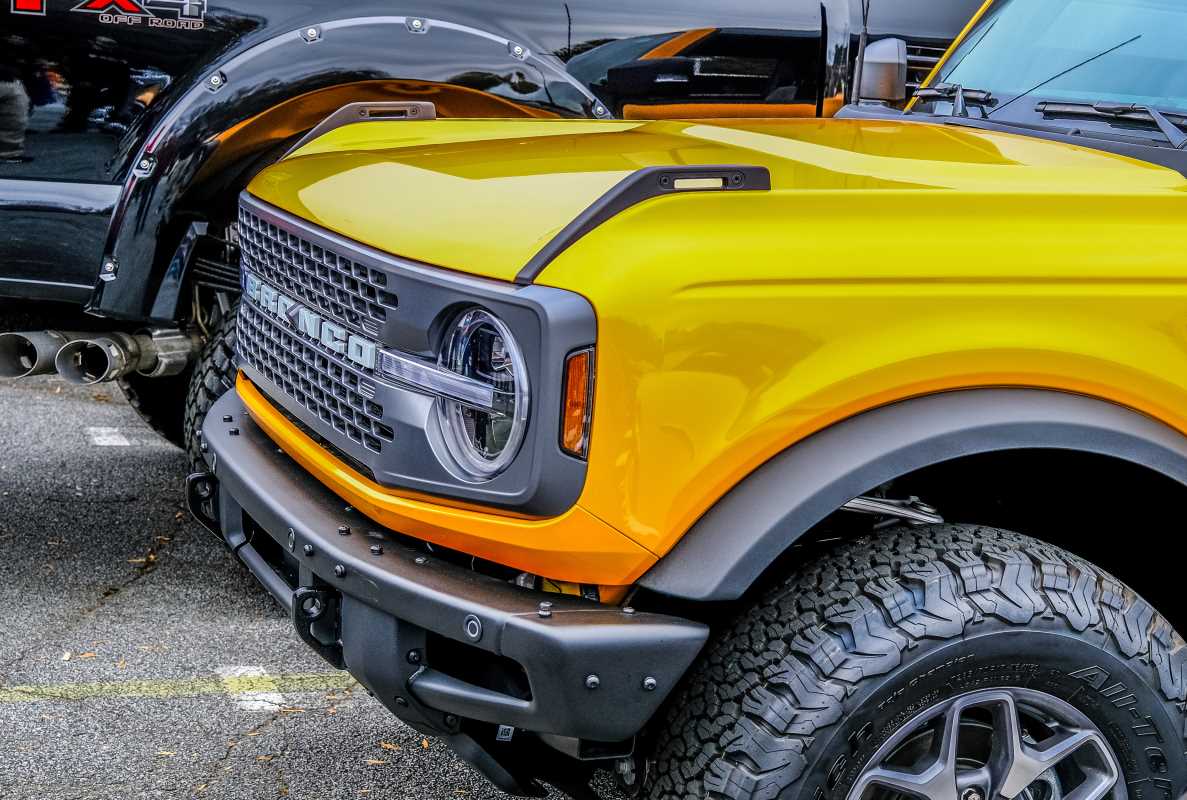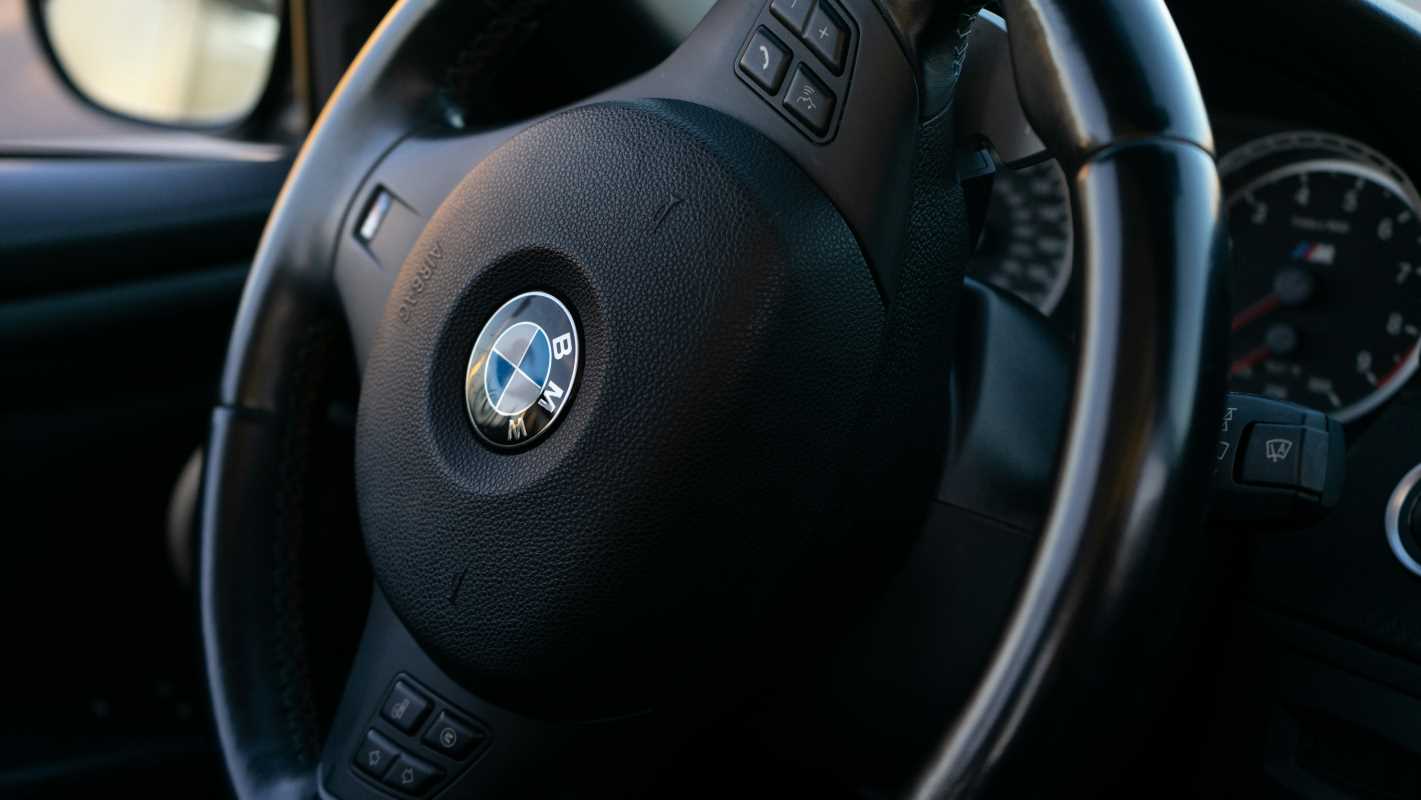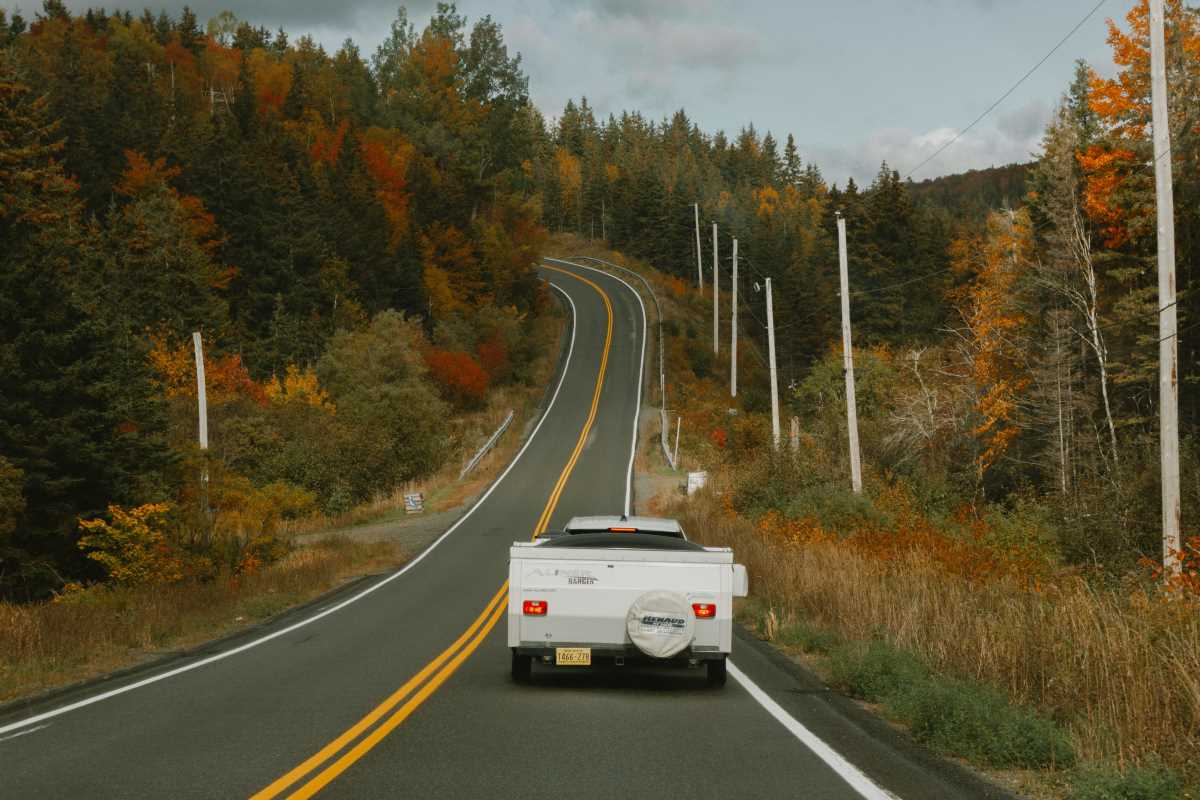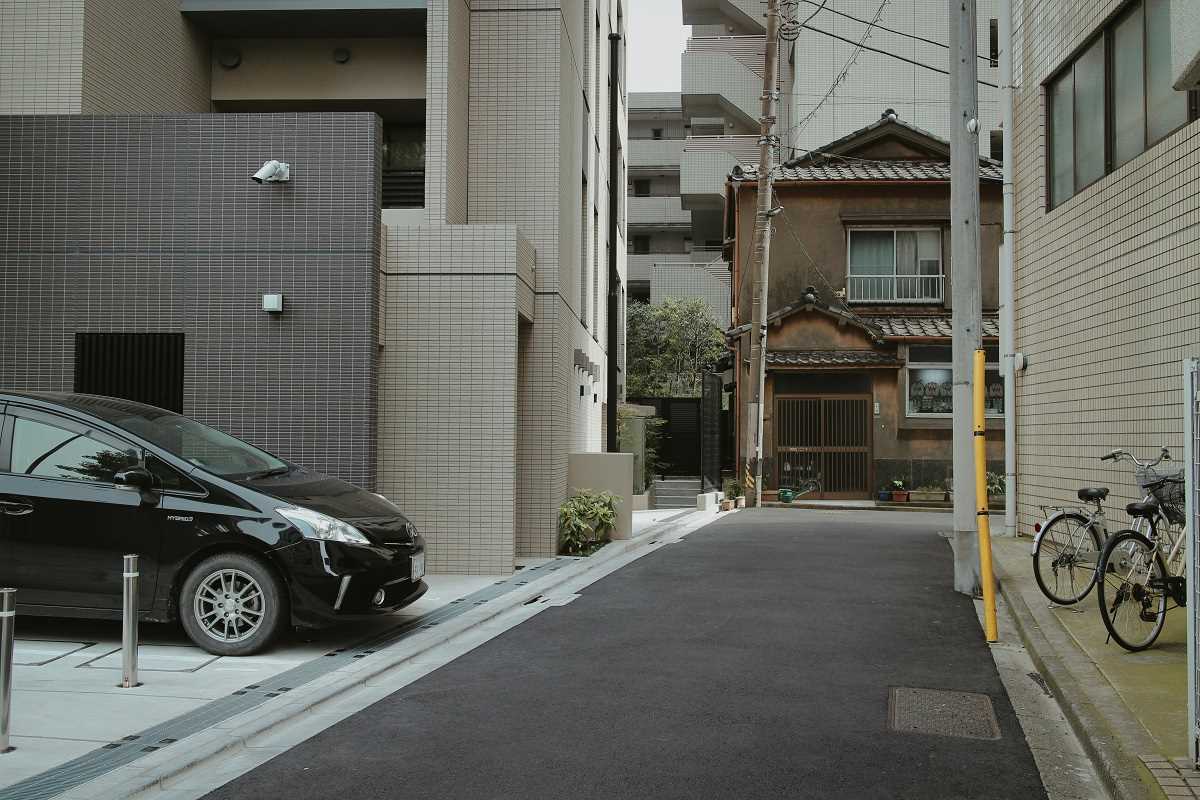When it comes to compact SUVs designed for adventure, both the Ford Bronco Sport and Jeep Compass bring their A-game. Each promises off-road prowess, rugged design, and the fun-to-drive spirit that draws outdoor enthusiasts to this segment. But how do they really stack up when the trail gets tough? Whether you’re scaling rocky inclines, crossing muddy terrains, or just dreaming about your next camping trip, it’s worth understanding what each vehicle brings to the table. The 2025 Ford Bronco Sport and Jeep Compass are both worthy options, but which one deserves the title of off-road champion? Buckle up as we put these two vehicles head-to-head to see how they compare in their off-road elements.
Design and Build for the Great Outdoors
Both the Ford Bronco Sport and Jeep Compass wear their off-road intentions boldly, but they go about it in slightly different ways.
The Bronco Sport takes inspiration from its larger, iconic sibling, the Ford Bronco, and it shows. With a boxy silhouette, short overhangs, and upright stance, it’s ready for rugged trails. The vehicle’s high ground clearance, available skid plates, and water-fording capability make sure it can handle treacherous terrains without hesitation. The Bronco Sport also features G.O.A.T. (Goes Over Any Terrain) modes, with specific settings for sand, mud/ruts, and even rock crawling in the Badlands trim. It’s clear that the Bronco Sport is built to invite adventure.
The Jeep Compass, while slightly less aggressive in design, comes with Jeep’s strong off-roading legacy. Its aesthetic is more refined than rugged, creating a balance between urban sophistication and trail readiness. The Trailhawk trim steps up the off-road look with a blacked-out hood decal, red tow hooks, and all-terrain tires. But beyond its looks, the Trailhawk trail rating is a testament to its impressive ability to traverse challenging landscapes. With Jeep Active Drive Low, increased ride height, and a lockable center differential, the Compass Trailhawk packs serious off-road chops.
Power and Performance
Off-road capability starts under the hood, and this is where the differences between the Bronco Sport and Compass become more noticeable.
The Bronco Sport offers a choice of engines, with the stars being a 1.5-liter turbocharged three-cylinder producing 181 horsepower or a gutsier 2.0-liter turbocharged four-cylinder packing 250 horsepower. The latter is exclusive to the Badlands trim and significantly boosts the Bronco Sport’s off-road performance, offering plenty of power to conquer steep trails. Paired with an eight-speed automatic transmission, the Sport delivers smooth power delivery. The 4x4 system is standard across the lineup, with the Badlands trim providing a twin-clutch rear-drive unit for added torque and better grip when climbing slippery surfaces.
The Jeep Compass takes a more streamlined approach with its 2.0-liter turbocharged inline-four engine producing 200 horsepower. While a single-engine choice simplifies the decision-making process, it doesn’t quite match the Bronco Sport in terms of punch. However, Jeep plays to its strength with an advanced four-wheel-drive system in the Trailhawk trim, which includes Selec-Terrain modes like Auto, Snow, and Rock. While acceleration is steady rather than thrilling, the Compass makes up for it with thoughtful engineering that shines when crawling across uneven terrain.
Off-Road Technology and Capability
It’s not just raw power that determines off-road capability; smart technology plays a huge role, and here both SUVs bring something serious to the table.
The Bronco Sport’s advanced G.O.A.T. modes are central to its off-road pedigree. The Badlands trim steps it up with a dedicated Rock Crawl mode and Trail Control, which acts like cruise control for rugged paths, allowing drivers to focus on steering without worrying about throttle or braking. With a ground clearance of 8.8 inches and water-fording capability of up to 23.6 inches, the Bronco Sport Badlands is purpose-built for wild adventures.
Meanwhile, the Compass Trailhawk isn’t afraid to flex its off-road tech either. The impressive Jeep Active Drive Low system provides a lower crawl ratio for better traction when maneuvering tricky slopes. Jeep also includes Hill Descent Control, which enhances control on steep drops. Its Trailhawk trim offers up to 8.4 inches of ground clearance and the ability to ford water up to 19 inches, showing it can handle more rugged conditions than its street-friendly looks might suggest.
Cabin Comfort and Practicality
While hitting the dirt is exciting, a good off-road vehicle also needs to double as a comfortable daily driver. Here, both the Bronco Sport and Compass score high marks but appeal in different ways.
The Bronco Sport’s cabin is functional yet fun, with durable materials like rubberized flooring and waterproof seating in higher trims, making cleanup after muddy adventures a breeze. A clever cargo management system with under-seat storage and tie-down points adds to its usability. The Bronco Sport also offers a relatively spacious second row and tall windows for better visibility during challenging maneuvers. On the tech front, you’ll find an 8-inch touchscreen with Ford’s Sync 4 system, wireless smartphone compatibility, and available off-road navigation.
The Compass leans into a more refined interior, using soft-touch materials and upscale options like leather-trimmed seating in higher trims. While it may not include rugged features like waterproof seats, it compensates with thoughtful details like available ventilated front seats and a modern cabin layout. With its updated Uconnect 5 system and a slick 10.1-inch touchscreen, the Compass feels tech-savvy and intuitive. Although it has slightly less cargo space than the Bronco Sport, its easy-folding rear seats make up for it by accommodating most gear needs.
Price and Value
When it comes to pricing, the Ford Bronco Sport sits slightly higher than the Jeep Compass, especially in the top trims. However, that extra cost often gets you more standard off-road features and a more powerful engine option. Starting at around $29,000, the Bronco Sport Badlands edges closer to $40,000 when fully equipped with upgrades.
The Jeep Compass, on the other hand, begins at a lower starting price of around $28,000, with the Trailhawk trim coming in closer to $37,000 with added extras. It’s more budget-friendly for drivers who want off-road capabilities without splurging on luxury or unnecessary upgrades. For those who prioritize affordability, the Compass may present a better value overall, but it may feel slightly underpowered for drivers with high-performance expectations.
The Bronco Sport and Compass are proof that compact SUVs are more capable and exciting than ever, offering a blend of off-road power and everyday drivability. Whether you prioritize rugged features, smooth powertrains, or advanced tech systems, both models deliver in their own unique way.







